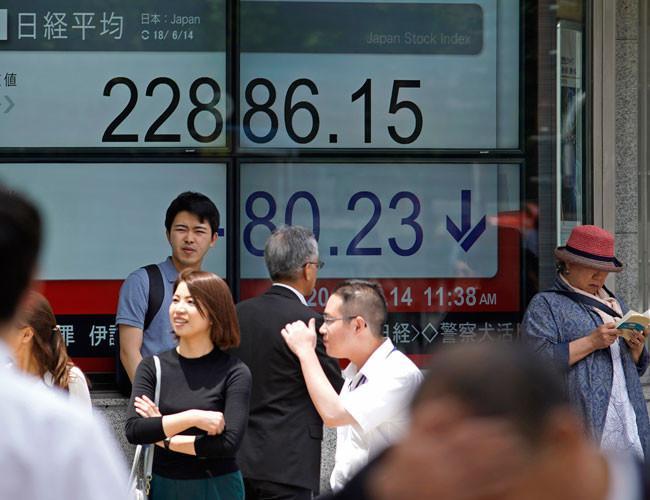
This August marks the 20th year anniversary of the Asian crisis. Given the current high volatility context, it is especially important to commemorate this historical event in order to draw important lessons it can offer. The Asian crisis affected many countries, including South Korea, Thailand, Malaysia, Indonesia, Singapore, and the Philippines. After having some of the most impressive growth rates in the world at the time, the so-called “tiger economies” saw their stock markets and currencies crash by around 70 percent. The root cause of this event can be simply summarized as countries with significant current account deficits falling prey to currency speculation.
In terms of the sequence of events during the formative stages of crisis:
The financial crisis’ tipping point came in Thailand with the default of property-developer Samprasong Land, which is when investors understood the gravity of the situation. Then came the cowboy currency traders, which heavily shorted the Asian currencies. These short positions were successful and they caused the collapse of these currencies, making billions of dollars for these hedge fund players. Thailand was the first country to fall when they had to end the Thai baht’s peg to the U.S. dollar. Then followed the devaluation wave for all Asian currencies.
The solution to this crisis required the intervention of the International Monetary Fund (IMF), which provided $110 billion in short-term “conditional loans” to Thailand, Indonesia, and South Korea. As a condition to these loans, they required some very austere measures such as: a) fiscal discipline and banking sector restructuring, and b) rising interest rates in order to avoid capital outflows. While these measures somewhat contained the crisis and prevented possible contagion, some saw these measures as excessive.
Malaysia and its hardheaded leader, Dr. Mahathir bin Mohamad, did not choose to go the IMF way. He blamed Western capitalists and currency speculators, accusing them of plotting against Asian economies. The main pillar of his alternative economic policy was the imposition of currency controls. Working together with the monetary official, Nor Mohamed Yakcop, they adopted the then Chinese approach that allowed for foreign direct investment while keeping governmental currency controls. As a result, in September 1998, Malaysia announced currency controls on the capital account, demonetization of the ringgit outside of Malaysia, a one-year freeze on the repatriation of portfolio funds, pegging of the ringgit to the U.S. dollar, and similar measures.
To summarize, both the IMF approach and the Malaysian approach worked. Malays took a calculated risk and weathered the storm surprisingly well. While the IMF solution was a more conventional one, the unorthodox policy of Malaysia also delivered. Moreover, this country had an easier time than Suharto’s Indonesia whose population was the hardest hit. In sum, in every difficult situation, there are always multiple solutions, and standard textbook recommendations are not always the most efficient.